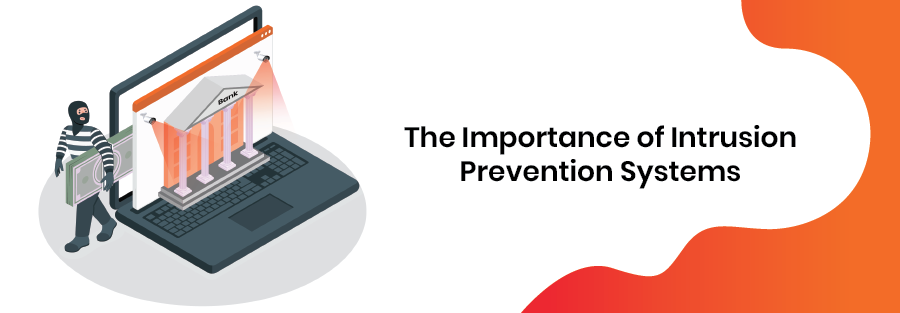Enhancing Bank Security: The Importance of Intrusion Prevention Systems
In the ever-evolving landscape of security threats, banks face constant challenges in safeguarding their premises, assets and personnel. To mitigate physical threats and ensure the highest level of security, the implementation of robust intrusion prevention systems is of utmost importance. Let’s explore the significance of intrusion prevention systems in enhancing bank security, focusing on their role in detecting and deterring intrusions, safeguarding against unauthorised access, and providing a comprehensive security solution tailored specifically for banks.
Understanding Intrusion Prevention Systems for Banks
Intrusion Prevention Systems (IPS) Overview: Intrusion prevention systems are advanced security solutions designed to proactively identify and prevent unauthorised access, intrusions, and potential threats within bank premises.
IPS combines cutting-edge technology, intelligent algorithms, and real-time monitoring to ensure swift detection and response to any suspicious activities.
Key Components of an Intrusion Prevention System:
Intrusion Security Systems: These systems consist of a combination of physical barriers, access control mechanisms, and monitoring devices to deter intruders and protect bank facilities.
Intrusion Detection Devices: These devices, including motion sensors, infrared cameras, and door/window sensors are strategically placed to detect any unauthorised entry or suspicious movement.
Intruder Alarm Systems: These systems utilise audible and visual alarms to alert security personnel and create a deterrent effect, helping to prevent breaches and ensuring immediate response in case of an intrusion.
Benefits of Intrusion Prevention Systems for Banks
Enhanced Threat Detection:
Intrusion prevention systems utilise advanced technology and intelligent video analytics to detect unauthorised access attempts, suspicious activities, and potential security breaches.
Real-time monitoring and alerts enable security personnel to respond swiftly to any potential threats, minimising the risk of security incidents and protecting bank assets. Deterrence and Prevention:
The presence of intrusion prevention systems, including intrusion security systems and intruder alarm systems, acts as a powerful deterrent, dissuading potential intruders from attempting unauthorized access.
Physical barriers, access control measures, and visible security devices create a perception of enhanced security, deterring criminal activities and promoting a secure environment.
Swift Response and Mitigation:
Intrusion prevention systems provide timely notifications and alerts to security personnel, allowing for rapid response and appropriate actions to mitigate potential threats.
Integration with other security systems, such as video surveillance and access control, enables a comprehensive approach to incident management and resolution.
Implementing Intrusion Prevention Systems in Banks
Tailored Security Solutions:
Intrusion prevention systems are specifically designed to address the unique security requirements of banks, taking into consideration factors such as branch layout, customer flow and high-value areas.
Collaborating with experienced security solution providers ensures the implementation of a customised system that aligns with the bank’s specific needs and objectives.
Integration with Existing Security Infrastructure:
Intrusion prevention systems can be seamlessly integrated with other security measures, such as video surveillance systems, access control systems, and alarm systems, creating a unified security ecosystem.
Integration allows for enhanced situational awareness, streamlined operations, and improved incident response capabilities.
Conclusion: Strengthening bank security with Intrusion Prevention Systems
Intrusion prevention systems play a pivotal role in safeguarding banks against physical threats and unauthorised access. By deploying robust intrusion security systems, intrusion detection devices, and intruder alarm systems, bank branches and ATMs can bolster their security posture, deter potential intrusions, and provide a safe environment for employees, customers, and valuable assets. The integration of tailored intrusion prevention systems, combined with other security measures, establishes a comprehensive security infrastructure that ensures the highest level of protection for banks.
Investing in intrusion prevention systems demonstrates a bank’s commitment to security and serves as a strong deterrent against criminal activities. By staying one step ahead of potential threats and effectively responding to security incidents, banks can enhance their reputation, instil customer confidence, and foster a secure banking environment.



